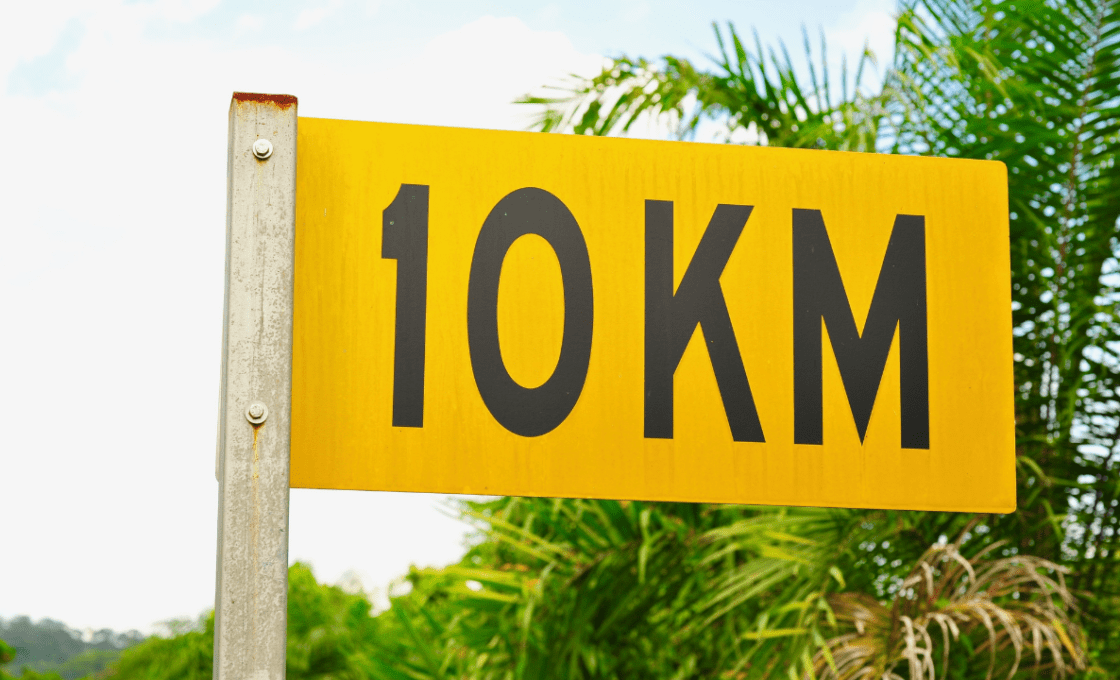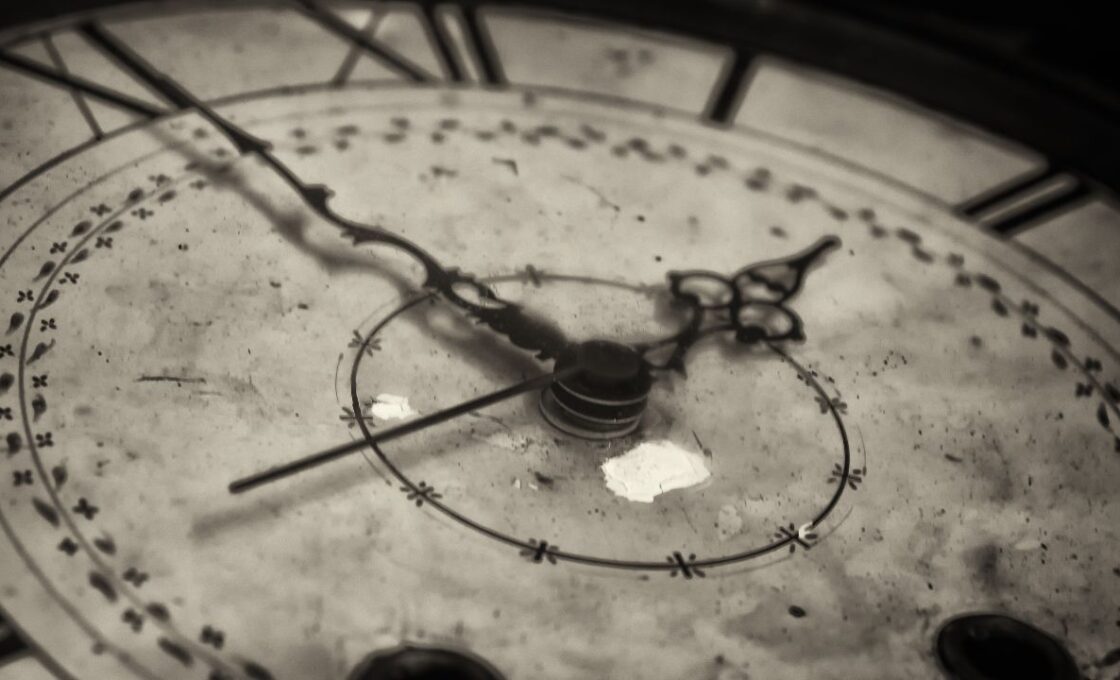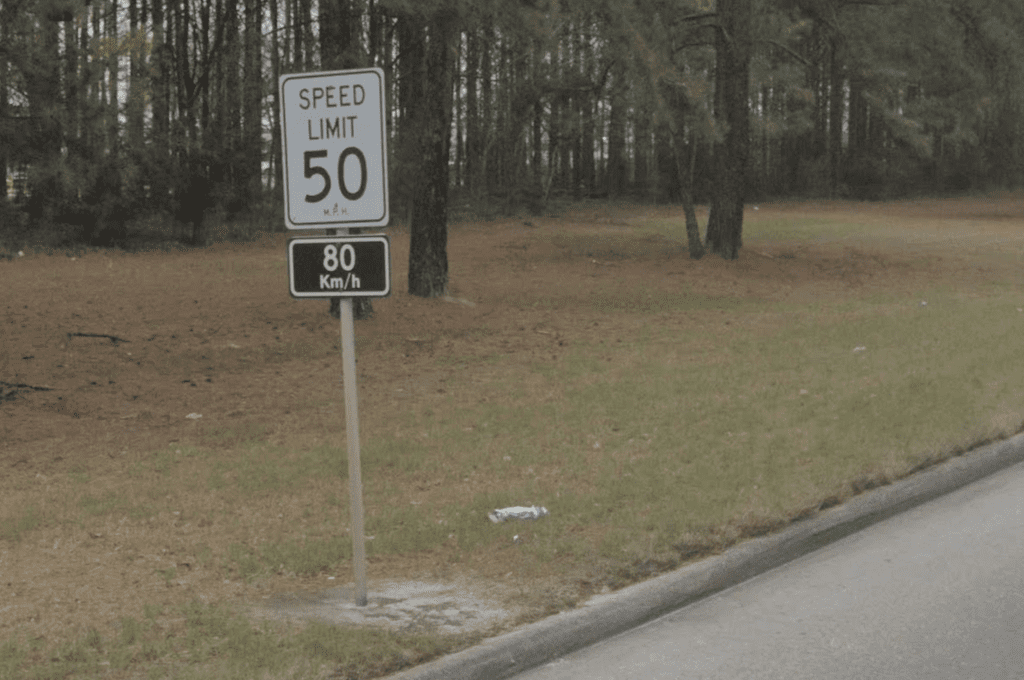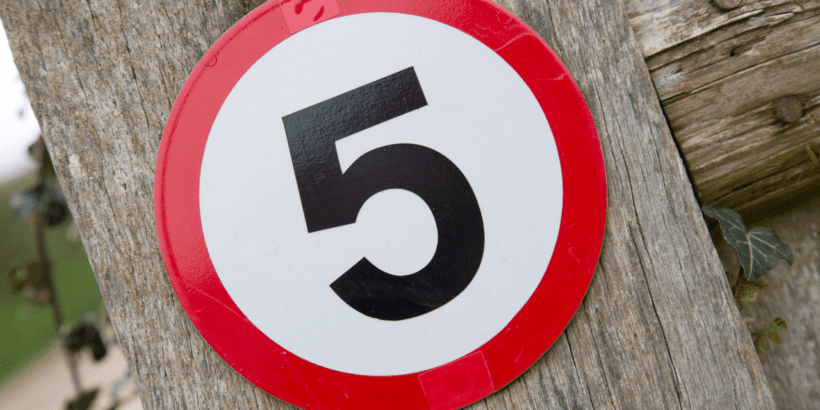One thing that can drive you a little bit crazy when traveling internationally is trying to constantly convert measurements.
This is especially true if you are from the US and need to constantly convert kilometers to miles.
Knowing a few quick tricks to convert kilometers to miles can make your life a lot easier so keep reading below if you’d like to find out a few tricks to use when traveling.
Metric or imperial system?
When you’re going back-and-forth between kilometers and miles you are going between the metric and imperial system.
The metric system is what most of the world uses and it includes kilometers as a form of measurement for distance. Meanwhile, only a very small number of countries like the US use the imperial system which relies on miles as a unit for distance.
Occasionally, you will encounter a country that utilizes a mixture of both. Or, in some instances you might find that both miles and kilometers are posted near airports where lots of international travelers may be.
If you’re coming from the US, don’t count on other countries to cater to the imperial system, though. You’ll be much better off being proactive about converting kilometers to miles on your own.
Related: How Many Ounces Is 100ML? A Special Guide for TSA-Weary Travelers

1 km to miles
For your reference, one 1 kilometer = 0.62 miles.
Ways to convert kilometers to miles
I should acknowledge from the beginning that using an app would be the preferred way to convert from kilometers to miles and vice versa. There are many different FREE apps that can accomplish this for you.
The problem is sometimes you don’t have service or you just need to quickly do the conversion in your head. So as a traveler, it really helps to have a grasp on the way to estimate miles whenever you hear or see a number in kilometers.
Divide in half and add 10% of the kilometers number
This is my number one method for converting kilometers to miles.
For the first step, you simply divide the kilometers in half. The second step requires you to take 10% of the kilometers number and then add that on top.
So for example, if you see that the distance is 60 km you simply divided it in half and get 30 km. Then you take 10% of 60 km which is six and add that on top of 30. This means that your conversion comes out to 60 km = 36 miles.
In reality, 60 km equals 37.3 miles but if you’re just trying to get a close approximation, you pretty much nailed it.
If using 10% throws you off then you can simply add the first digit and get the same outcome when dealing with two digit numbers.
For example, going back to the example of 60 km.
Instead of trying to figure out 10% of 60, you would simply divide 60 in half and then add the first digit of 60 which is six. You would then come out with 36 miles, so it’s really just a preference of what what puts the least amount of strain on your brain.
Below are some measurements that this method can provide you with and the comparison to the real measurements so that you can see just how close this method will get you. As you can tell, it’s pretty accurate for the smaller amounts.
So let’s say that you were planning a 10 km hike. This method could get you a very close approximation of how far you will be trekking with a margin of error of only about .2 miles. Also, if for some reason you needed to know the speed limit in miles per hour you could convert 100 kmh to 60 mph and be pretty close.
| Kilometers | Actual Miles | Estimated |
| 10 | 6.21 | 6.00 |
| 30 | 18.64 | 18.00 |
| 40 | 24.85 | 24.00 |
| 50 | 31.06 | 30.00 |
| 60 | 37.28 | 36.00 |
| 100 | 62.13 | 60.00 |
| 200 | 124.27 | 120.00 |
| 500 | 310.68 | 300.00 |
| 1,000 | 621.37 | 600.00 |
Divide by 1.609
If you are really good at doing division in your head or you have quick access to a calculator then you can also just divide the number of kilometers by 1.609.
As you can tell from the examples below, this is a very accurate way to get a conversion, as the estimates are just slightly off in most cases. For maximum precision, this is the way to go.
(An alternative to this is to multiply the number of kilometers by .62).
| Kilometers | Actual Miles | Estimated |
| 10 | 6.21 | 6.22 |
| 30 | 18.64 | 18.65 |
| 40 | 24.85 | 24.86 |
| 50 | 31.06 | 31.07 |
| 60 | 37.28 | 37.29 |
| 100 | 62.13 | 62.15 |
| 200 | 124.27 | 124.30 |
| 500 | 310.68 | 310.75 |
| 1,000 | 621.37 | 621.50 |
The clock trick
I came across this on Reddit, and it’s pretty nifty. You reference a clock to help you convert miles and kms.
- Kms = Percent of clock
- Miles = Minutes on a clock
For example, a quarter (25%) of an hour is 15 minutes. So 25 kms = 15 miles. You can extend this to:
- 50 km = 30 mi
- 75 km = 45 mi
- 100 km = 60 mi

Print out a chart
Another thing you can do is to print out a conversion chart when traveling. This could be a tiny chart that you print out and stick in your wallet, purse, or even passport. The chart could look just like what are shown above except it would only show the actual conversions like the chart below.
| Kilometers | Actual Miles |
| 10 | 6.21 |
| 30 | 18.64 |
| 40 | 24.85 |
| 50 | 31.06 |
| 60 | 37.28 |
| 100 | 62.13 |
| 200 | 124.27 |
| 500 | 310.68 |
| 1,000 | 621.37 |
It’s really helpful to bring these things along when going on things like a guided tours where your tour guide might be referencing kilometers over and over again.
As you begin to verify the distances in miles, eventually the figures will probably start to stick with you and it will become second nature.
When I first moved to the UK back in 2014, I had a small conversion chart that was inside of my notebook. It also included a conversion of pounds to dollars.
I would regularly reference it until I got a good feel for kilometers and currency and it honestly did not take very long to catch onto the systems.

Converting miles to kilometers
Now let’s say you’re in a situation where you need to convert miles to kilometers.
As a traveler from the US going abroad, the situation does not come about very often but it could definitely happen. For example, if you are familiar with a distance and you need to convey that to foreigners, it will be helpful if you can come up with a quick conversion.
You can do this in a very similar way as the conversions above except backwards.
Basically you take a number in miles and then you add 50% and then add 10% and that will get you a very close approximate number for kilometers.
Let’s say that you need to convert 10 miles to kilometers. 50% of 10 is five and 10% of 10 is one. So you would take the original number of 10 and then add five, and then add one (10+5+1=16).
10 miles equals 16.1 kilometers so that’s a very close estimation.
You can also just multiply miles by 1.6 for a close estimate.
Final word
Converting between kilometers and miles is actually pretty easy and there are many ways to do it. I’d suggest finding the one that makes the most sense to you and then sticking with it.
For me, I like to divide kilometers by two and then add 10% to get to miles and simply multiply miles by 1.6 to get kilometers. But it all comes down to what works best for you!
Daniel Gillaspia is the Founder of UponArriving.com and the credit card app, WalletFlo. He is a former attorney turned travel expert covering destinations along with TSA, airline, and hotel policies. Since 2014, his content has been featured in publications such as National Geographic, Smithsonian Magazine, and CNBC. Read my bio.


Why do you feel you have to convert measurements?
Why not just use the given measurements “as-is”?
When I was abroad, I never “converted”, I just used the numbers given.
60 km/h, 70 km, 500 mL.
I was able to function even in a country with a completely different language than mine because the metric system is standardized and the metric symbols are recognized all over the world except the US.
You can’t learn the metric system by constantly converting, that just leads to insanity.
The metric system is the most simple measurement system on earth.
Just use it!
It’s just a matter of personal preference.
My brain will quickly convert a distance in km to miles when I hear km and I’ll comprehend the distance better/feel more assured. For km/h, it’s pretty easy to just use it without thinking about mph, although I still find that it helps for reference.
I think a huge part is also just the everyday practical use. I’ve poured out thousands of tablespoons in my life so it’s easy to estimate w/out a measuring spoon. Tell me to pour out 15ml and that’s a very different story. Unless I’m actively using the metric system, I can only get so far without conversions.
YESSSSSS!!!! How idiotic to add unnecessary additional steps to a system made for simplicity and utility. USA – Pull up your big boy panties and quit the obscurant BS. You’re long overdue for a measuring system upgrade.
Jezuz Cripes, America. Just USE the metric system. Seriously, WHO are you impressing? You’re using something from Caligula’s Rome for Gods sake – So incompatible and anachronistic on an otherwise metric planet. You’re hamstringing yourself and your future self and throwing a wrench in the world for no valid reason whatsoever. It’s just crazy how you resist using a modern, decimal, rational tool like the metric system out of some weird sense of nationalism. Trust me, nobody is impressed.